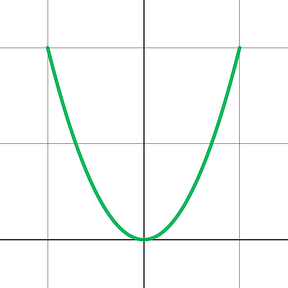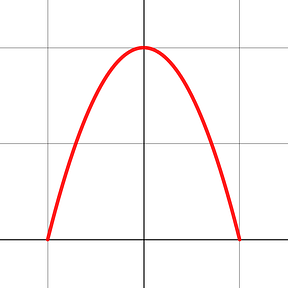2nd Derivative Test Option 1: Intervals of Concavity and Inflection Points
Meaning: 2 nd Derivative, .
The 2 nd Derivative, , provides you information about the concavity of your original equation, .
Just like with the 1 st Derivative, it all boils down to positive, negative, or zero.
|
If the value of a 2 nd Derivative at an x-value is positive, the original equation, , is concave up like a cup.
|
If the value of a 2 nd Derivative at an x-value is negative, the original equation, , is concave down like a frown.
|
If the value of a 2 nd Derivative at an x-value is zero, the original equation, , is neither concave up or concave down. These are the x-value are possible inflection points, they are not guaranteed to be inflection points. |
|
|
|
|
|
|
|
|
Definition: Inflection Point
All inflection points must satisfy two requirements:
1) or
AND
2) The function, , must change concavity at that point.
The graph must change from concave up to concave down or concave down to concave up.


Note: It is absolutely possible for you to find the or , but the graph does not change concavity at that point. This is why you always need to do a 2 nd Derivative Test to determine if an x-value is actually an inflection point.
An example of this would be . At x = 0 the 2 nd Derivative would equal zero, , but you can see that the graph does not change concavity at x = 0 . The graph is always concave up.




